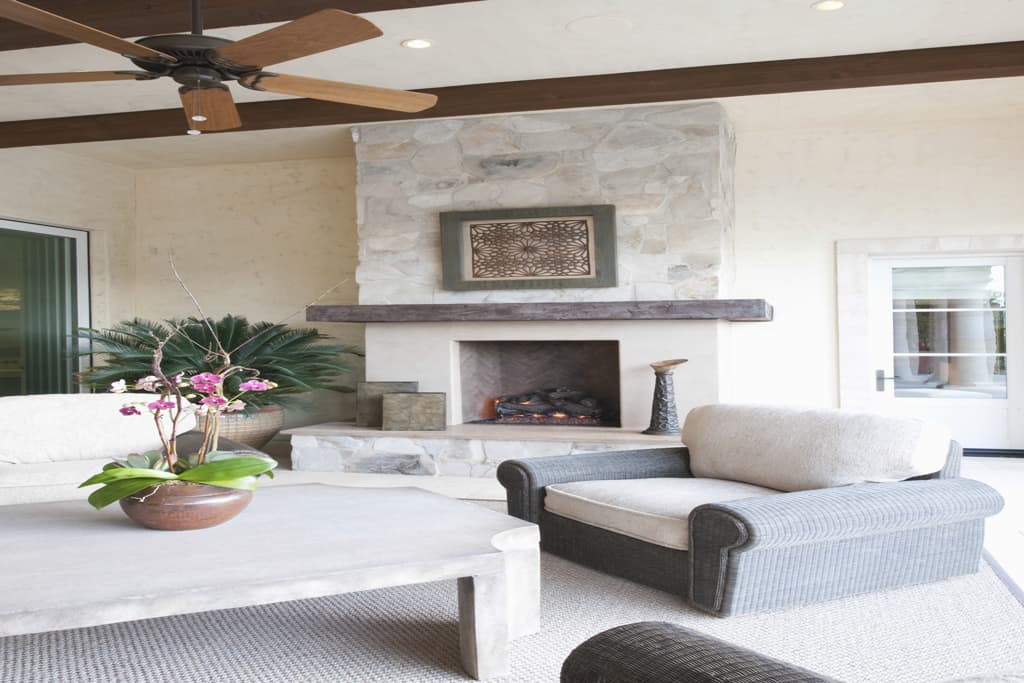
What is a Chimney Breast Wall?
A chimney breast wall encases the chimney and physically juts outward to accommodate the fireplace. You can find the chimney breast wall on the ground floor of a house or building, with its masonry extending upward that houses the flue. Eventually, the smoke from the active fire will travel up through the flue and outside through the chimney stack. Chimney breast interiors are comprised of either brickwork or concrete, but homes can also sport false chimney breasts that are made of less durable materials like plaster board or plaster skim. False chimney breast walls are cosmetic in construction, concealing a thin-walled flue, or perhaps are simply there just for design purposes and not to contain a flue at all.Why Remove a Chimney Breast Wall?
The problem homeowners face with chimney breasts is that these walls eat up living space. Sometimes in older homes, living space is a commodity that cannot be sacrificed, especially in awkwardly designed rooms that don’t quite live up to our modern means of usable space. A chimney breast wall is bulky, so the removal of these walls has become a popular demolition project in recent years. Removing a chimney breast wall also removes their redundancy. The wall essentially does the same thing as a chimney, and so removing it can save space in the area the fireplace is in while still maintaining the chimney flue and its same affects. Homeowners may also prefer the function of central heating, an easier, cleaner, and arguably a more modern method in heating a home.Take Caution Before Demolition
Removing a chimney breast wall is what contractors call a messy job. You can expect debris and dust to go flying, so if this project is slated on your next house project task list, you should seal off and empty the room that the chimney breast is located in. Otherwise, you can expect furniture, area rugs, carpet, and surfaces to be coated in dust. To prepare, get plastic sheets to seal off open doorways and tarps to lay across floors to protect the room you’re working in. Be sure to ventilate as best as you can by opening windows while you work. Other preparations involve putting your safety first. This is a renovation that does involve demolition, you’re going to want to take precautions with any involved electrical, plumbing, or gas sources before swinging the sledgehammer. You also won’t want to just decide on ripping out the chimney breast wall on your own free will—you’ll need to consult a contractor first. Chimney breast walls, although sometimes there for cosmetics—are often constructed for structural support. If you want to rip out the wall, you’ll need a professional to give it a once-over, so you won’t cause irreparable damage to the rest of your home. Professional advice will guide you in how to safely tear out this wall (or better yet, hire a contractor to do the job so you won’t have to worry about tearing out a structural support).

